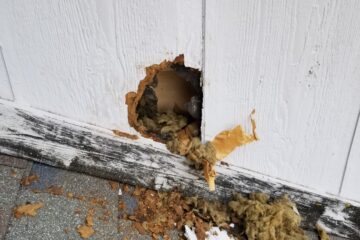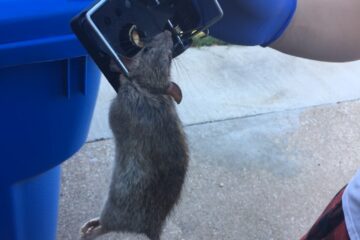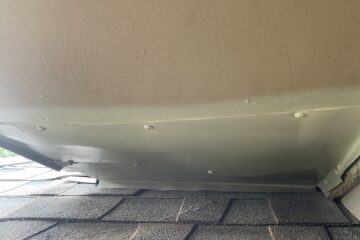Rodents are skilled nest builders that seek out safe and secluded areas to establish their homes. Understanding their nesting habits and preferred locations is essential in effectively addressing rodent infestations. By identifying and targeting these nesting sites, you can improve your chances of successfully eliminating rodents from your home. In this article, we will explore the nesting habits of rodents and highlight common locations where they build their nests.
- Nesting Habits of Rodents:
Rodents exhibit specific nesting behaviors that allow them to create safe and comfortable environments for breeding and shelter. These habits include:
– Nesting Materials: Rodents use various materials to construct their nests, including shredded paper, fabric, insulation, leaves, twigs, and other soft and fibrous materials they find in their surroundings.
– Hidden Nests: Rodents prefer hidden and undisturbed areas for nesting, such as attics, crawl spaces, wall voids, basements, and storage areas. They will also utilize outdoor locations like burrows, tree hollows, and dense vegetation for nesting.
– Breeding Nests: Female rodents create separate nests for birthing and raising their young, often located in secluded areas where they can provide protection and warmth.
– Multiple Nests: Rodents may build multiple nests within their territory to have alternate options for shelter and to avoid potential threats or disturbances.
- Common Nesting Locations:
– Attics: Rodents find attics appealing due to their quiet and secluded nature. They often utilize insulation, boxes, and stored items to construct nests within the attic space.
– Crawl Spaces: The dark and undisturbed environment of crawl spaces makes them attractive to rodents. They can burrow into insulation or create nests in the corners or along the walls.
– Wall Voids: Rodents can access wall voids through small openings or gaps. They will nest within the wall cavities, using insulation, shredded materials, or other available resources.
– Basements: Rodents may build nests in basements, especially if they offer easy access from the exterior. Cluttered storage areas provide additional hiding spots for nests.
– Sheds and Garages: Rodents often target sheds and garages for nesting due to the abundance of potential nesting materials, such as cardboard boxes, stored items, and debris.
– Outdoor Areas: Rodents may construct nests in outdoor locations like burrows, tree hollows, woodpiles, and dense vegetation close to your home. They use these nests as resting spots before venturing indoors for food and shelter.
– Electrical and Appliance Enclosures: Rodents may nest near electrical wiring or within appliance enclosures, such as behind refrigerators or stoves, which provide warmth and potential nesting materials.
– Hidden Corners and Cracks: Rodents are adept at finding small cracks and crevices in walls, floors, and foundations. They may construct nests within these hidden spaces, especially if they provide insulation and protection.
Understanding the nesting habits and locations of rodents is crucial for effectively combating infestations. By targeting their preferred nesting areas, you can disrupt their breeding and sheltering patterns. Inspecting and addressing potential nesting sites, such as attics, crawl spaces, wall voids, basements, sheds, and outdoor areas, is crucial in eliminating rodents from your home. Seeking professional assistance from Red Rover Rodent Removal can help identify and eradicate nests, ensuring a thorough and effective rodent removal process. Remember, timely action and a comprehensive approach are key to successfully dealing with rodent infestations and protecting your home from these unwanted guests.




